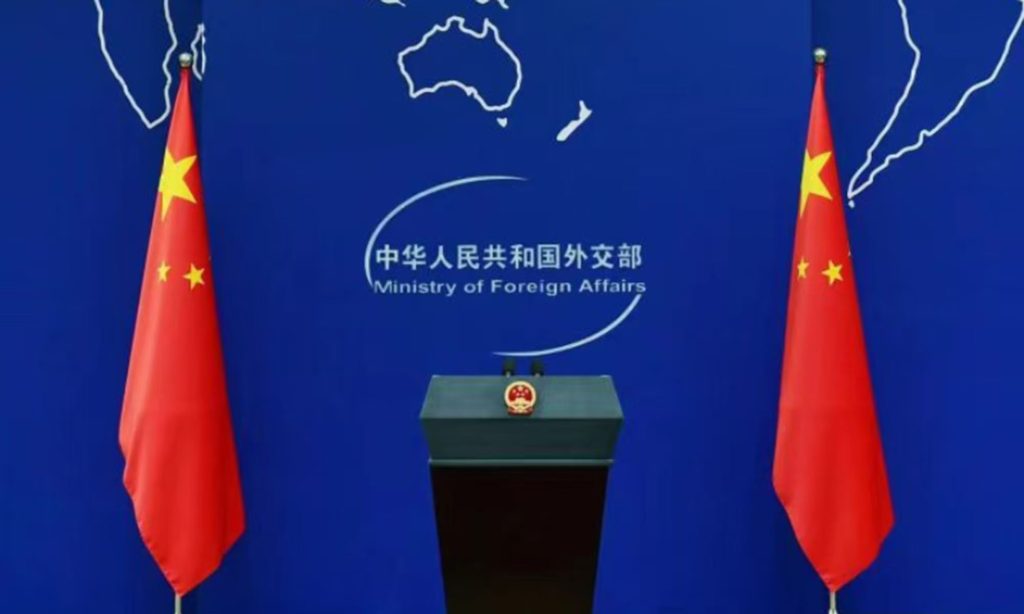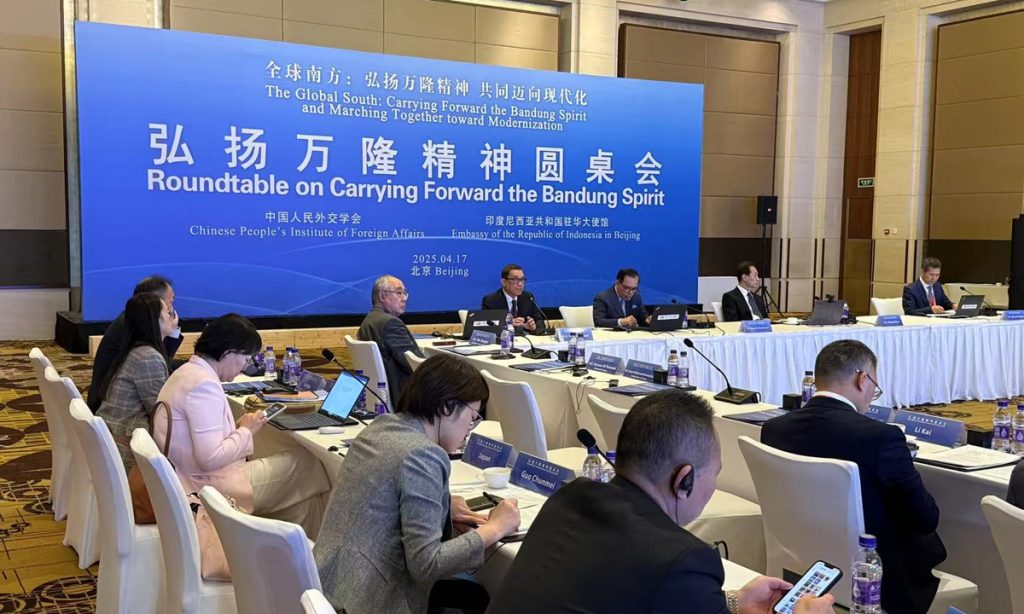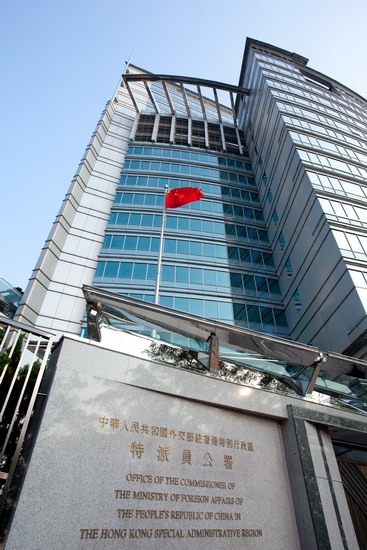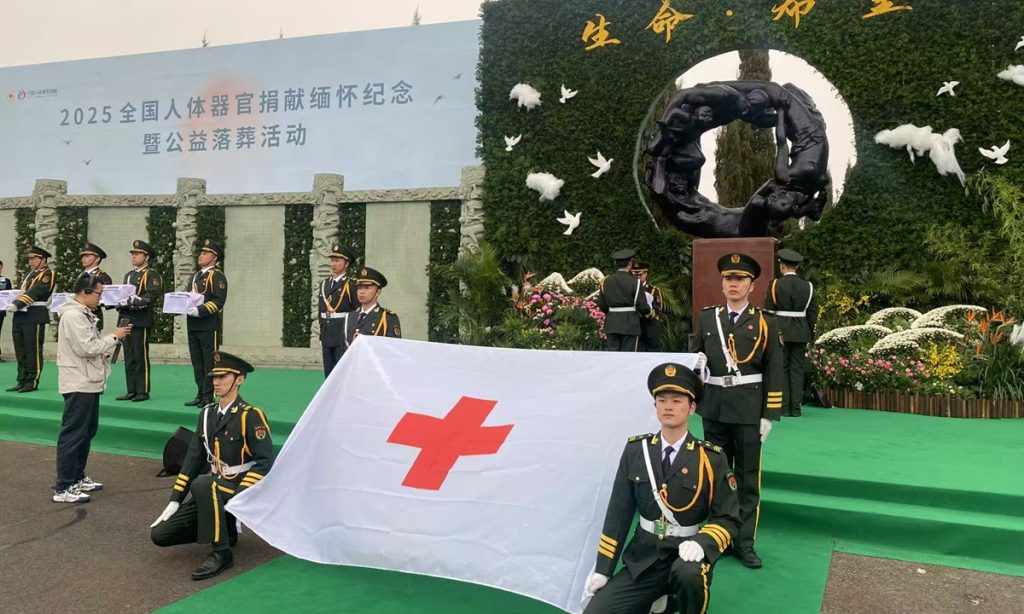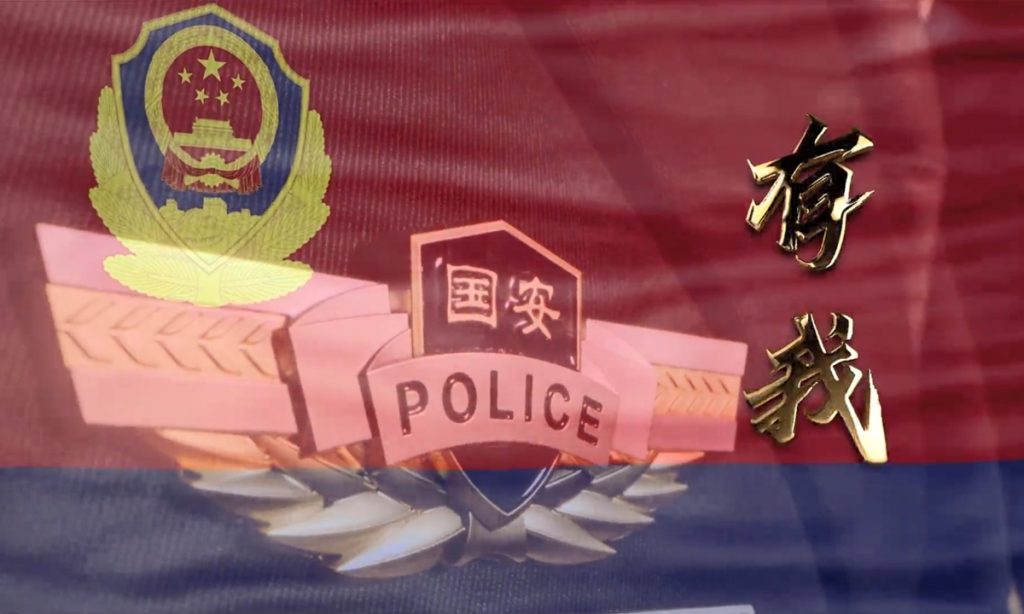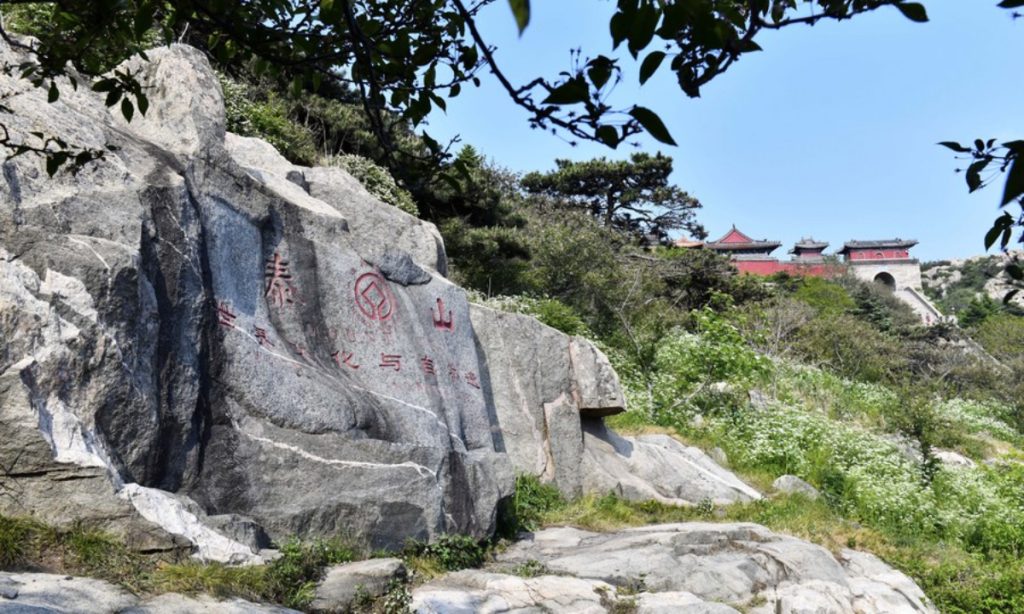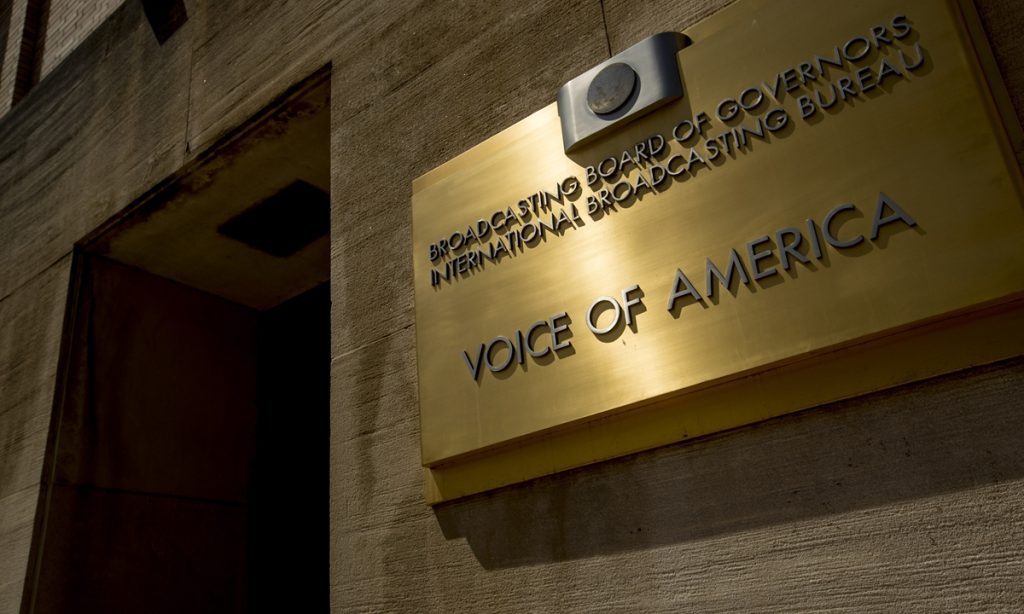Chinese, Afghan, Pakistani FMs hold informal meeting in Beijing
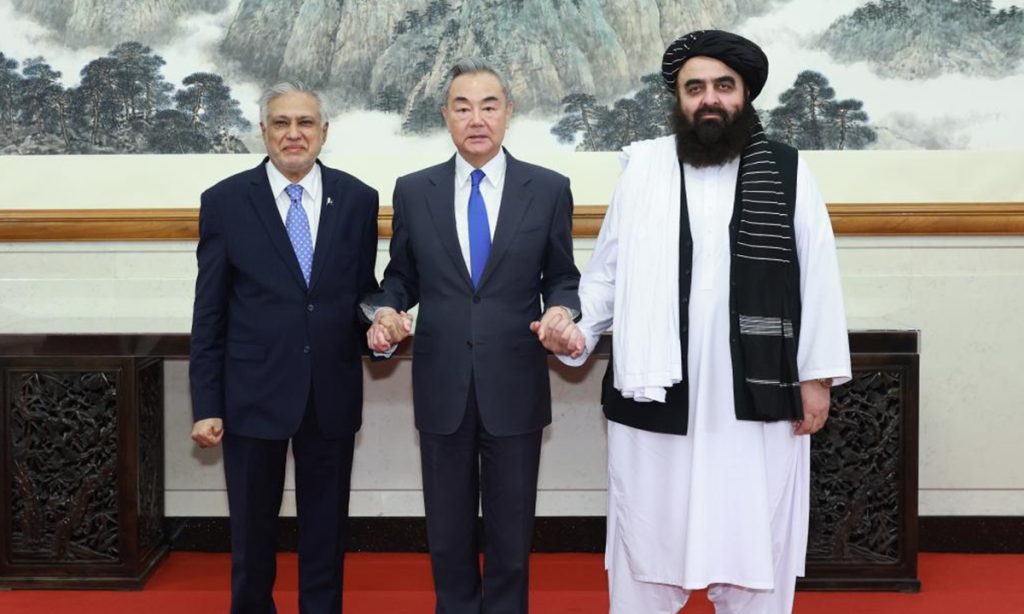
Chinese Foreign Minister Wang Yi, Pakistani Deputy Prime Minister and Foreign Minister Mohammad Ishaq Dar and Afghan Acting Foreign Minister Amir Khan Muttaqi held an informal meeting in Beijing on Wednesday. The foreign ministers spoke highly of the outcomes of the China-Afghanistan-Pakistan trilateral dialogue, and engaged in in-depth discussions on further tapping the potential of the trilateral mechanism and advancing mutually beneficial cooperation, the Xinhua News Agency reported on Wednesday.
Wang, also a member of the Political Bureau of the Communist Party of China Central Committee, summarized seven key points from the meeting, including an agreement
on convening the sixth China-Afghanistan-Pakistan Trilateral Foreign Ministers' Dialogue in Kabul at an early date. On deepening Belt and Road cooperation, the ministers agreed to promote the extension of the China-Pakistan Economic Corridor into Afghanistan and enhance regional connectivity infrastructure development.
Qian Feng, director of the research department at the National Strategy Institute at Tsinghua University, noted that the meeting was built upon earlier discussions on extending the CPEC northward into Afghanistan, signaling a renewed commitment to regional connectivity and development.
The CPEC, as a major cooperation project, will greatly contribute to the country's socioeconomic development, but it still faces risks such as the threat of terrorism. Eliminating these threats has become an urgent issue for Pakistan. China also hopes to provide support and help create a stable and favorable environment for the development of the CPEC, Liu Zongyi, director of the Center for South Asia Studies at the Shanghai Institutes for International Studies, told the Global Times in a previous interview.
The three countries agreed on opposing terrorism in all forms, carrying out law enforcement and security cooperation, combating terrorist forces of respective concern, and remaining vigilant against external interference in regional countries' internal affairs, according to Wang.
The foreign ministers called for efforts to safeguard regional peace and stability in order to create an external environment conducive to the three countries' development.
"The meeting's outcomes clearly demonstrate that the three foreign ministers have reached a consensus and coordinated their positions on counterterrorism, which is of strategic significance for advancing regional security cooperation," Zhu Yongbiao, director of the Center for Afghanistan Studies at Lanzhou University, told the Global Times on Wednesday.
Zhu further noted that the statement addressed all core issues. In the current complex regional context, the very convening of the trilateral meeting is significant.
Summarizing the outcomes of the meeting, Wang said the foreign ministers agreed that the three countries should enhance political mutual trust and uphold friendly relations among neighbors.
China supports Afghanistan and Pakistan in pursuing development paths suitable to their national conditions and defending their sovereignty, security and dignity, Wang said.
Afghanistan and Pakistan expressed willingness to elevate bilateral diplomatic relations, with both sides agreeing in principle to exchange ambassadors expeditiously. China welcomes this progress and stands ready to continue facilitating improvements in Afghanistan-Pakistan relations, Wang said.
"The revival of the trilateral mechanism—after a suspension of more than a year and amid previously strained ties between Afghanistan and Pakistan—demonstrates China's constructive role in fostering regional dialogue and helping to normalize Afghanistan-Pakistan relations," Qian said.
Zhu also noted that the mechanism of such foreign ministers' informal meeting not only provides a platform for Afghanistan and Pakistan to manage disputes through dialogue, but also promotes cooperation in key areas such as counterterrorism, border security and economic development. From a broader perspective, it contributes to regional stability and helps prevent the spillover of terrorism.
Earlier on Wednesday, Wang Yi met with Afghan Acting Foreign Minister Muttaqi. During the meeting, Wang noted that China respects Afghanistan's independence, sovereignty and territorial integrity, respects the Afghan people's independent choices, their religious beliefs and ethnic culture, and supports their just struggle against foreign aggression.
China has never interfered in Afghanistan's internal affairs, has never sought to stir up conflicts or pursue selfish interests there, and has never aimed to establish so-called spheres of influence. After the establishment of the current Afghan government, China was among the first to exchange new ambassadors with Afghanistan, demonstrating the Chinese people's friendly sentiments toward the Afghan people, said Wang.
Zhu said that the meeting's outcomes emphasized vigilance against external interference in internal affairs. "This reflects the shared position of the three countries and is in line with the direction of China's foreign policy," he added.
